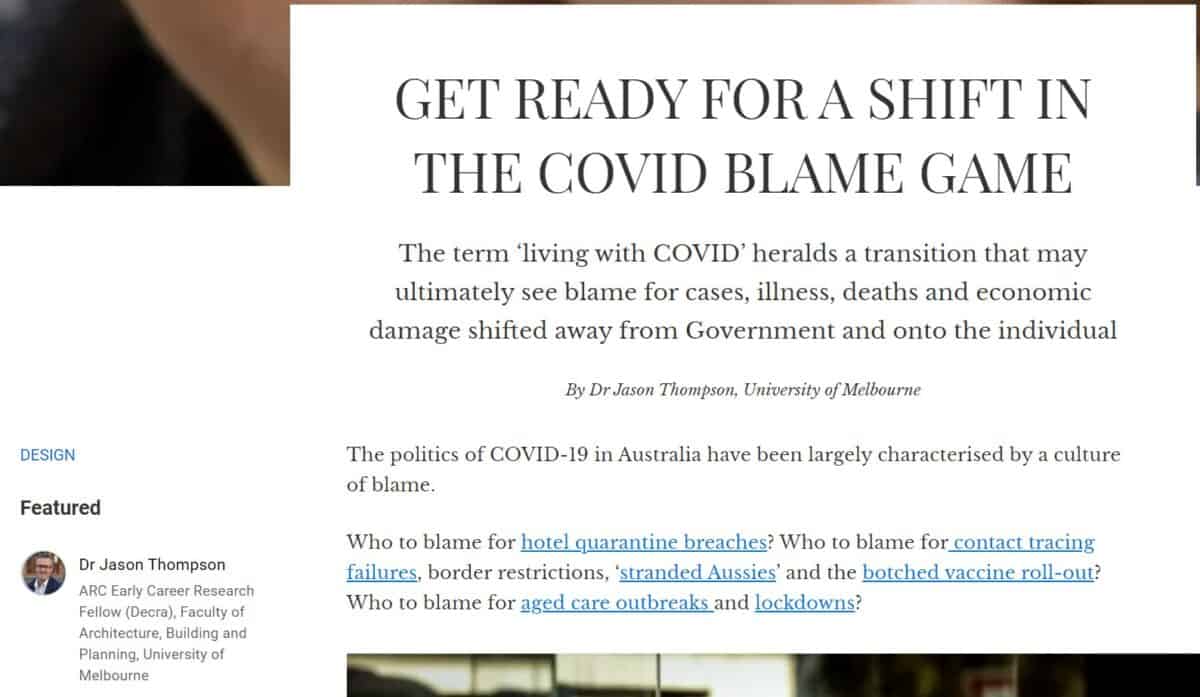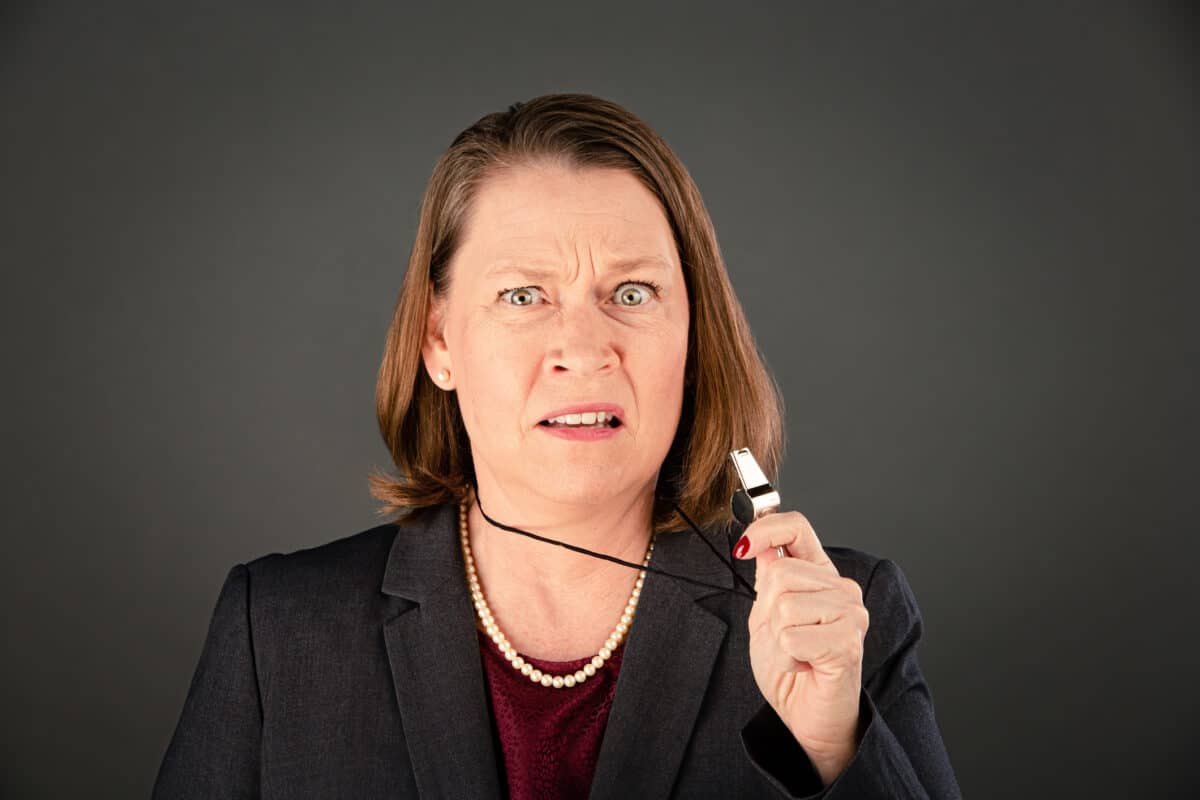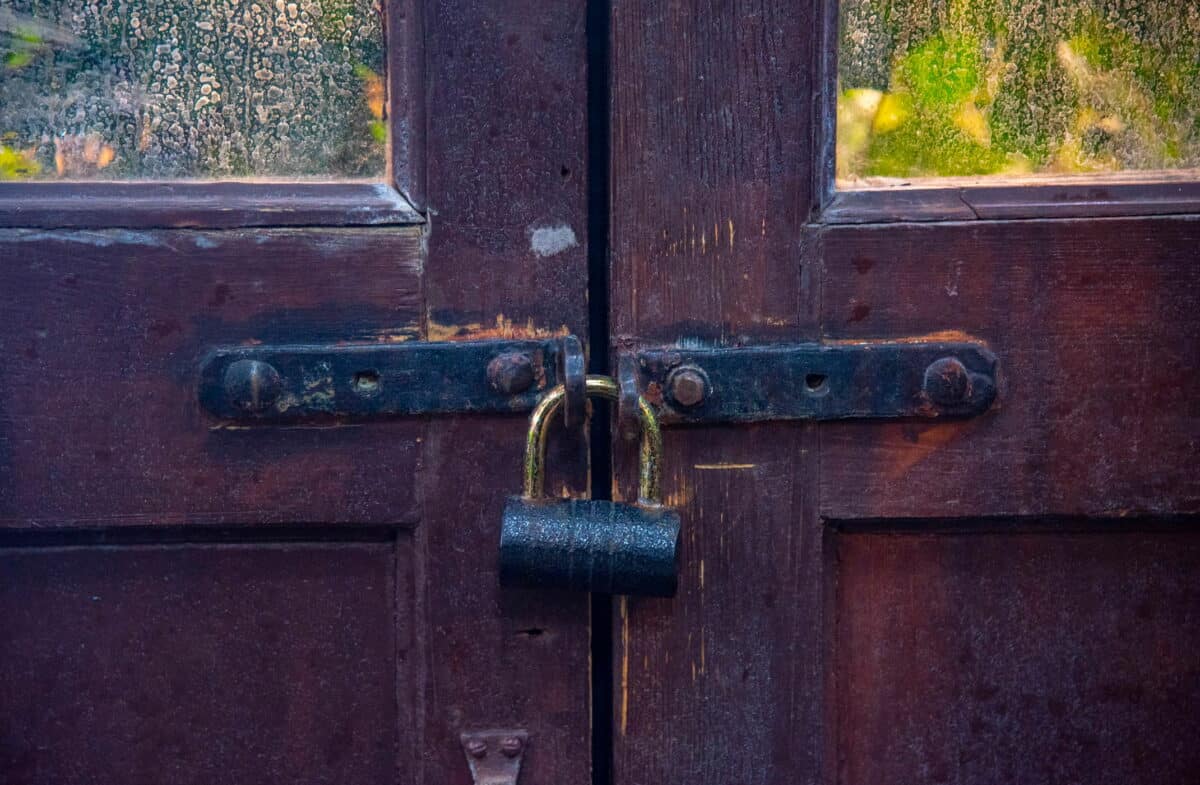Australia has not had a crisis in public health to the magnitude of COVID-19 for a very long time. It is understandable for people to look at a public health crisis through the reference point of their own experience and profession. There is an overlap between the management of the pandemic and occupational health and safety (OHS), but that overlap should not be inflated.
Jason Thompson wrote an excellent (and recommended) article on COVID-19 and blame for the University of Melbourne titled “Get Ready for a Shift in the COVID Blame Game”. I had the chance to put a few questions to him about the article.







